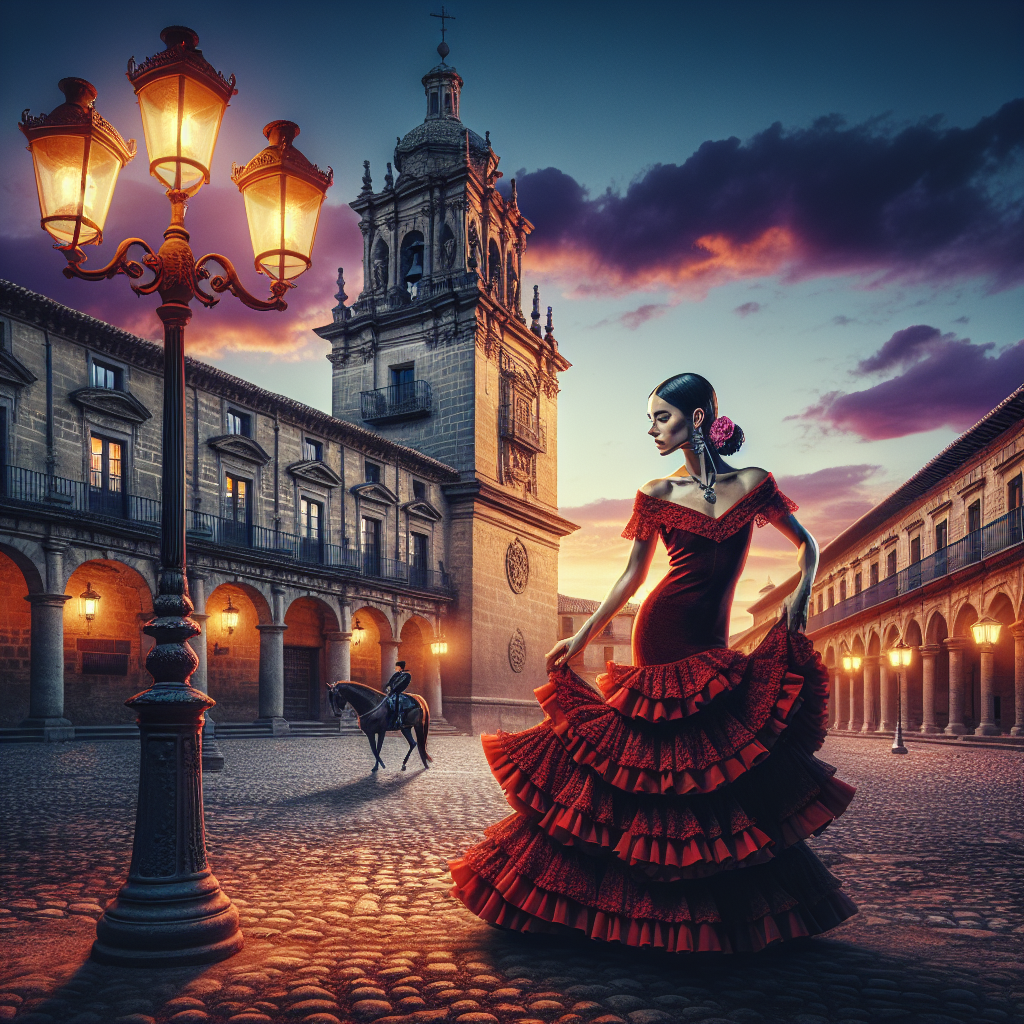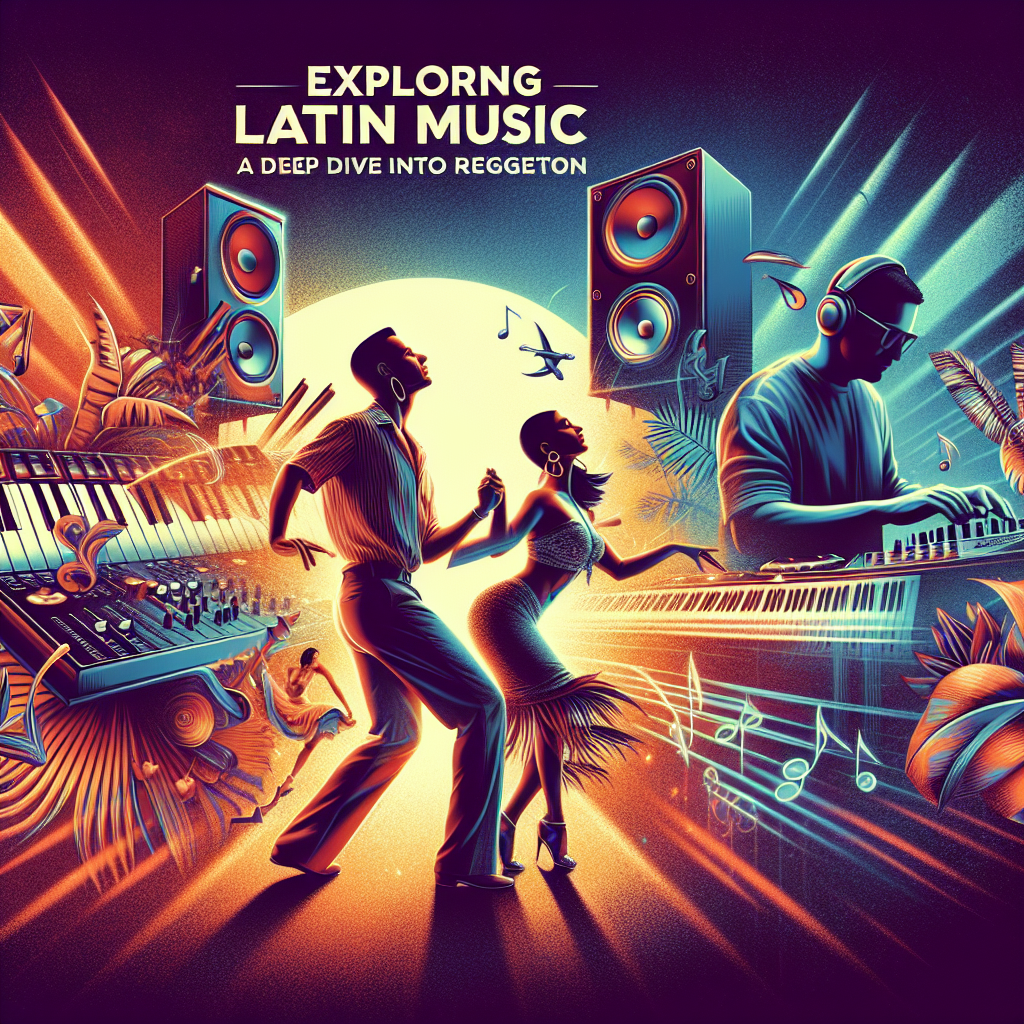Often credited as the soul of Brazilian culture, Samba is more than just a style of Latin music. It’s a symbol of unity, freedom, and rhythm. Samba music and dance are recognized worldwide and are considered a critical aspect of Latin Music with its vibrant, energetic, and infectious beats that can’t help but make one want to move.
The Origin of Samba
Samba has deep historical roots stretching back to Africa, specifically from the Bantu tribe in Angola. Arriving in Brazil due to the transatlantic slave trade, the music and dance style evolved into a new cultural expression for Afro-Brazilians. Originally, Samba was performed during religious African rituals, but over time it turned into a remarkable dance form that became part and parcel of Brazilian carnivals.
Samba’s Global Recognition
In the 20th century, Samba began to gain international recognition. Musicians and dancers from around the globe were intrigued by its unique beat, exotic dance moves, and vibrant energy. Notably, the 1959 film “Black Orpheus” garnered worldwide attention to Samba. This film was set in Rio De Janeiro during Carnival and included memorable Samba music and dance sequences.
Styles of Samba
There are various styles of Samba, each infused with its distinct flavor. Among the popular ones are the Samba-No-Pe, a solo dance that is commonly seen during carnival parades. Samba de Gafieira, a partner dance somewhat similar to the tango. And Samba Pagode, a more relaxed and easy-going style of Samba dance suitable for small, casual gatherings.
The Fascination of Samba
Samba is a music and dance form that has transcended its origins and borders, creating a global fascination reflected in major world events such as the Olympics and the World Cup. It has a captivating allure that draws people in, inviting them to partake in the joyous celebration of life that is intrinsic to its rhythms.
Samba: A Vibrant Aspect of Latin Music
Samba is a music style that showcases the vibrant aspect of Latin Music, characterized by propulsive rhythms, melodic development, and sophisticated harmonies. It’s a powerful cultural marker for Latin American music, illustrating the shared histories, struggles, and triumphs in a format everyone can understand – music.
Conclusion
The magic of Samba lies in its ability to connect people globally through its spirited rhythm and vibrant energy. It infuses Latin Music with a unique flavor that is exuberant, joyful, and captivating. The profound history, the wide array of styles, and the global recognition of Samba is a testament to its importance as a pillar of Latin Music. Whether it’s heard at the carnival parades of Rio de Janeiro, the dance floors of international Samba competitions, or the intimate parties around the world, Samba’s uplifting spirit remains an unchanging testament to its cultural significance.
FAQs
- What is the origin of Samba?
Samba originated from the Bantu tribe in Angola, Africa. It was brought to Brazil during the transatlantic slave trade and became a unique cultural expression for Afro-Brazilians.
- How did Samba gain global recognition?
Samba gained global recognition in the 20th century, largely through its inclusion in popular media, particularly films like “Black Orpheus” set during the Rio de Janeiro Carnival.
- What are some of the popular styles of Samba?
Some popular styles of Samba include Samba-No-Pe, a solo dance performed during carnival parades, Samba de Gafieira, a partner dance similar to tango, and Samba Pagode, a more casual, relaxed style.
- What attributes to the global fascination with Samba?
The unique rhythm, vibrant energy, exotic dance moves, and its representation of unity and celebration of life are contributing factors to the global fascination with Samba.
- How does Samba showcase the vibrant aspect of Latin Music?
Samba illustrates the vibrant aspect of Latin Music through its propulsive rhythms, melodic development, and sophisticated harmonies. It is a powerful expression of Latin American culture and history.




